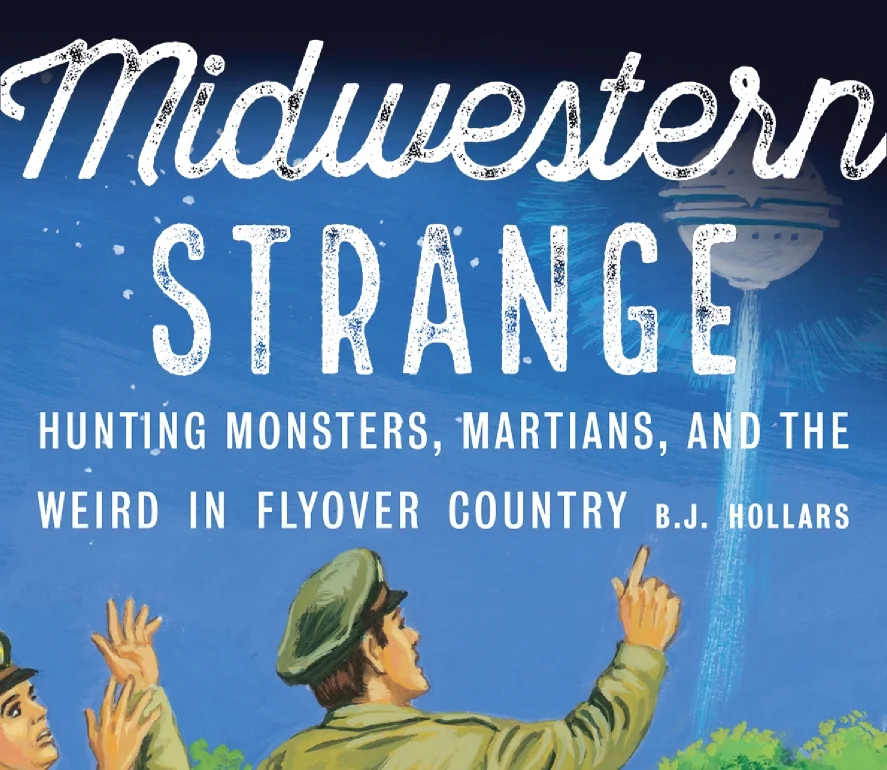Boom Town Explodes the Notion of ‘Flyover’ Territory
It has long been a common refrain among American writers out West that New York publishers are impervious to anything outside New York. The acclaimed Nebraska author Mari Sandoz, for example, whose book Old Jules won The Atlantic’s nonfiction book prize in 1935, frequently bemoaned what she called the “intellectual and cultural dictatorship … foisted upon us the day the first malcontent crossed the Alleghenies.” Likewise, Sherwood Anderson (best known for his short-story cycle Winesburg, Ohio) tired of New Yorkers who “think the United States ends at Pittsburgh and believe there’s nothing but desert and a few Indians and Hollywood on the other side.” These writers were lamenting the sort of mind-set that the acerbic H. L. Mencken modeled when he dismissed Willa Cather: “I don’t care how well she writes. I don’t give a damn what happens in Nebraska.”
Implicit in dismissals like Mencken’s is the notion that what happens in Middle America should stay in Middle America—that what entertains or illuminates in so-called flyover country couldn’t possibly matter elsewhere. Certainly New York and Los Angeles bear their own stereotypes, but those are nullified (or at least outweighed) by millions of contrary voices, as well as a media industry located in their backyard. Meanwhile, the center of the country, burdened by decades of crude portrayals, remains a vague concept to so many who live beyond it.
It’s perhaps ironic, then, that a New York–based author should write one of the more exciting new profiles of a Plains city in recent memory. Sam Anderson opens his book Boom Town: The Fantastical Saga of Oklahoma City, Its Chaotic Founding, Its Apocalyptic Weather, Its Purloined Basketball Team, and the Dream of Becoming a World-Class Metropolis with an epigraph that quotes the poet John Ashbery: “Some things are simultaneously too boring and too exciting to write about.” This understanding of contradiction sets Anderson, a staff writer for The New York Times Magazine, on a winning course in his biography of Oklahoma’s capital city. What could have easily devolved into a bone-dry academic text instead surfaces as an animated Plains epic that complicates the popular notion of a supposedly stale place. “From a distance, Oklahoma City looked like almost nothing,” Anderson writes. “Up close, it turned out to be about almost everything.”





